It is an exciting time when a new playground comes to a community. From planning to finish, the local children wait with anticipation. Hopefully, the owner has employed a quality contractor to build the playground, and the owner has been involved with the construction process throughout the project.
When the contractor finishes building the play area, the owner is ready to meet with him to do the job completion walk-through (post-installation inspection) to complete the process of accepting the new playground project. This final process can be viewed as a four step process that is part of the comprehensive maintenance management plan.
The four steps of the job completion program are: (1) the post-installation safety inspection, (2) jobsite inspection, (3) owner responsibilities, maintenance, and job acceptance, and (4) documentation. Final documentation at job acceptance is followed by incorporating the new playground into the comprehensive maintenance management program and ensuring the new equipment is insured on the owner’s list of assets.
1st Step: Post-installation Safety Inspection
The post-installation safety inspection should be performed by a Certified Playground Safety Inspector (CPSI) representing the contractor and a CPSI representing the owner. This inspection should include a detailed “hands-on” inspection to confirm compliance with ASTM International (ASTM), the U.S. Consumer Product Safety Commission (CPSC), and the Americans with Disabilities (ADA) guidelines.
This “hands-on” inspection should also include noting any manufacturer fabrication errors, freight damage not already reported, installer errors, and OSHA compliance, which should have been in place from the start of the project. If a non-compliance item is found, the finding should be documented and photographed with a written directive of what corrective action is needed, who is responsible for the corrective action, and when the corrective action should be completed. This post-installation safety inspection is sometimes referred to as an audit – a word that should not be used since this inspection covers more than just compliance with ASTM, CPSC, and ADA.
2nd Step: Jobsite Inspection
The jobsite inspection includes the new play equipment, the use zone, the area surrounding the new play system, and any connecting paths used to access the new play area. This inspection includes confirming that footing spoils, construction trash, and any other debris have been removed from the jobsite. It is also important to make sure that any and all travel paths created during construction are completely repaired and ADA access is clear and unobstructed.
The owner must realize at this point that now is the time to make sure that all elevations are correct. Elevations include the ADA transfer stations, deck heights, slide exits, and overhead component heights. The owner with the contractor should also check to see that posts are plumb, decks are level, and unnecessary manufacturer tags have been removed.
Now is also the time to ensure there are no physical or cosmetic problems created either by the installer or ones that may have occurred at the factory. It is tremendously important to confirm that all footings are below sub-grade, all concrete has properly cured, and all equipment has been properly cleaned.
3rd Step: Owner Responsibilities
Owner responsibilities include inspection types and schedules, equipment and surfacing compliance, along with the recommended maintenance procedures. A good playground contractor will discuss with the owner of the new play system the importance of playground safety, which includes CPSC compliance based on the CPSC 325 recommended guidelines for public use play equipment. This discussion should also include risk management, children’s safety, and the age appropriate use with the relating signage. The importance of play equipment usage, play area signage, and ASTM/CPSC label requirements should be discussed, as these along with the maintenance and future care of the equipment and surfacing have now become the owner’s responsibility.
The owner should receive a manufacturer-supplied maintenance kit. These kits typically include graffiti remover, tamper proof tools, extra hardware, touch up paint, and inspection report paperwork, which should include inspections forms and recommended inspection intervals and frequencies. The owner should also be provided with an installation manual, parts list, and contacts for parts ordering and recall information. Many owners forget to ask for updated insurance certificates at job close-out, even though these were furnished upon award of the job. It is also a best practice to ask for “as-built” 2D drawings to ensure the play equipment was installed according to the manufacturer’s guidelines and specifications. If any deviations from the original specifications were made, the owner should be sure to have the manufacturer or manufacturer’s representative “sign-off’ on that variance in order to confirm that the change was approved by the manufacturer and will not negate any warranty or manufacturer’s liability.
4th Step: Documentation
Once the above has been completed and all punch list items have been corrected to the owner’s satisfaction, the owner is now just about ready to accept the “care, custody and control” of the new playground area and pay the vendor for a job well done. Before he writes that check, the owner should make sure he has the following:
- At least one signed copy of the Request for Proposal (RFP) or Invitation for Bid (IFB), the signed contract and/or agreement.
- Pre-construction and as-built drawings of the play equipment noting any deviations from manufacturer’s instructions and written acceptance of these changes from the manufacturer if any changes were made.
- Pictures of the jobsite before, during, and after job completion. It is very important to include photos from all angles that clearly show use zones, elevations, and the condition of the jobsite at the end of the project. These pictures could prove to be invaluable in the future.
- Insurance certificates, which include general liability, excess umbrella liability coverage, workers’ compensation, and commercial vehicle coverage. It is always a good idea to have the installation company’s Experience Modification Rate (EMR) on file. The EMR shows the installation company’s past experience in regards to workers’ compensation claims and is measured against 1.0. It is best to do business with a company whose EMR is 1.0 or less. Hopefully, the owner covered all his bases up front and required builder’s risk, transit/freight coverage, and professional liability including errors and omissions. The owner also should have asked for the installation company’s safety manual and Personal Protective Equipment (PPE) Program in the event OSHA shows up, which is happening more and more.
- It is imperative that the owner has the warranties from the manufacturer, the manufacturer’s representative, and the installer. It is always a best practice to get the warranties on specific company letterhead signed by the respective authority.
- The owner most likely required International Play Equipment Manufacturer Association (IPEMA) certification and ADA compliance verification on the equipment and surfacing that was installed, and these are now part of his history file.
- Contact information for all architects, engineers, vendors, sales representatives, and installers should be recorded. The owner’s legal representative should be listed at the top of the first page of the project contact information sheet along with the company’s risk manager, purchasing agent, and direct point of contact for the project.
- The manufacturer’s correct customer service information should be recorded in the event of the need to order parts or to discuss an issue with the manufacturer. Time will be of the essence when problems arise, and not having the correct contact information could prove to be costly.
- Finally, a careful check of the document file should be done to ensure that all documents are properly signed and dated, because the general assumption is “IF IT IS NOT DOCUMENTED – THEN IT HASN’T BEEN DONE!” Also it is important that all papers from the vendor dealing with compliance confirmation and payment approvals should be notarized and dated, and all papers with the owner’s signature should be witnessed and dated and/or notarized for his protection.
When followed, these important steps will result in a satisfying experience for the owner who can feel assured that the builder has done a good job and that the owner has the information and tools to ensure the long life of the playground.


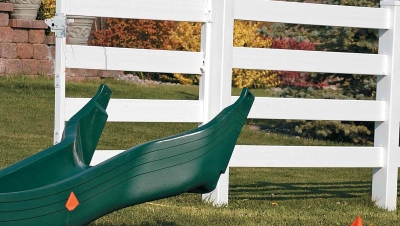
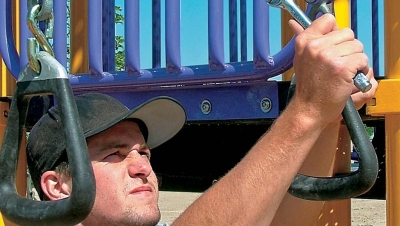
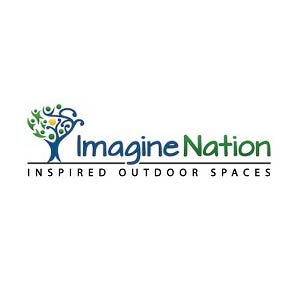

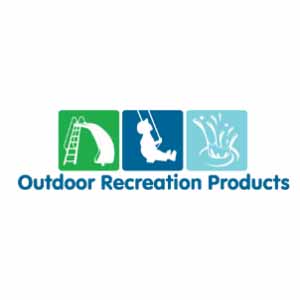
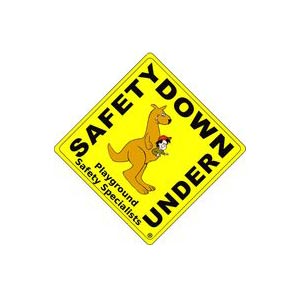
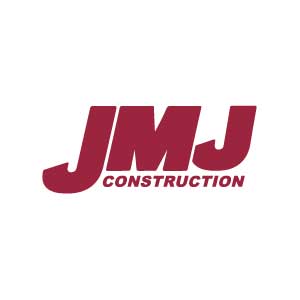
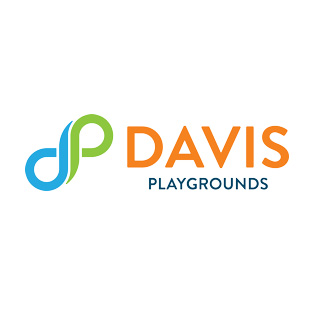

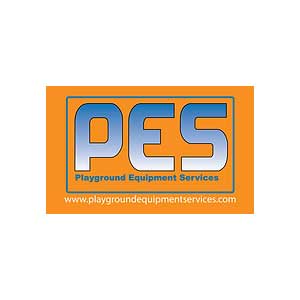


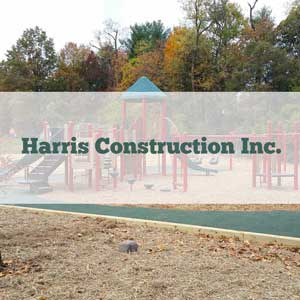
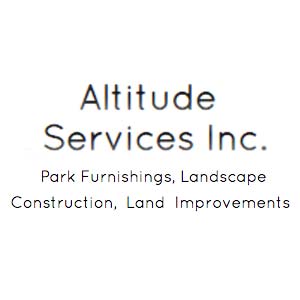
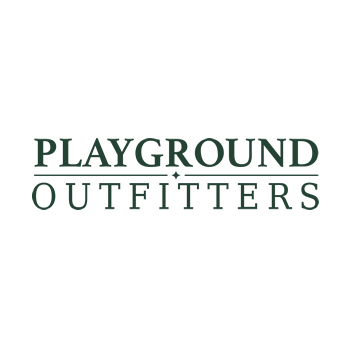
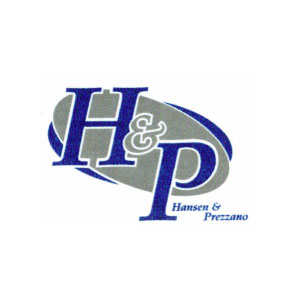
Need a new playground inspection completed
The HOA Board of Directors is looking for a certified individual to inspect our newly built playground and its location. We are the Bethany Lakes Community in Bethany Lakes, Delaware. I am a member of the Board assigned to take the lead in finding an inspector . My email is [email protected] and my phone is 484-354-9726. We are looking to complete an inspection as soon as possible.
Check our directory
We have referred you to a playground inspector that covers Deleware. You can also search our directory for CPSI's
In reply to Need a new playground inspection completed by Kenneth Witmer (not verified)
Add new comment